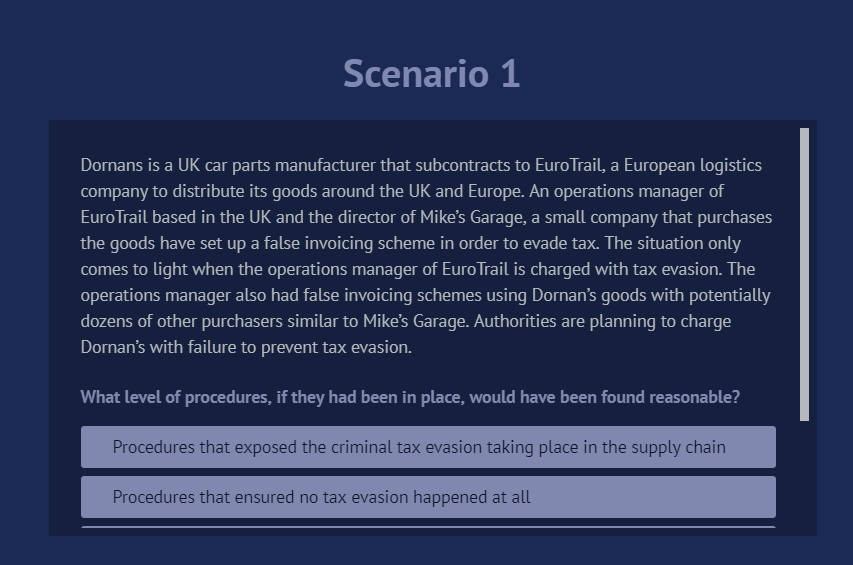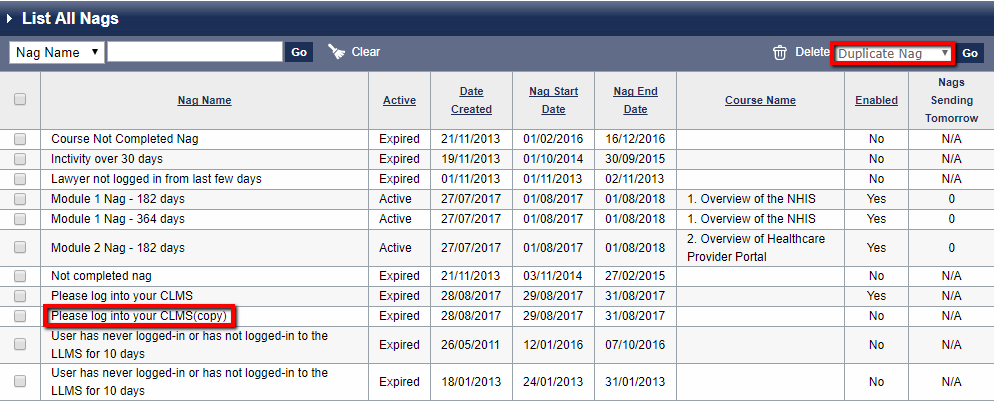What is a Workplace Risk Assessment and when do you need one?
Risk assessments are a fundamental requirement for businesses. Employers who are unaware of the hazards and risks within their organisation may be putting their employees, customers, the general public and their business in danger. A work[lace risk assessment is a systematic process of examining a particular work-related job, task or activity, to identify any possible […]
What are the consequences of neglecting Health and Safety Training?
A recent survey claims to have uncovered Great Britain’s most dangerous jobs … and with some surprising results. The findings, conducted by business insurance broker ‘Simply Business’, indicated…
Cyber Attacks: Why Prevention is Better than the Cure
The Cyber Governance Health Check assesses and reports levels of cyber security awareness and preparedness in FTSE 350 companies (i.e., the UK’s 350 largest firms). The report allows these leading organisations to compare how security risks are managed and helps them to identify and address their different vulnerabilities. According to the latest figures from the […]
New course – Tax Evasion: Failure to Prevent corporate version

VinciWorks has just released a new version of its tax evasion course specifically geared to the corporate sector. While the first version of Tax Evasion: Failure to Prevent is tailored for businesses in the regulated sector, the new version has been modified to better accommodate scenarios that often face companies in non-regulated industries. Key changes More […]
New LMS feature: duplicate your nag

Nagware allows managers to automatically send out an email to remind staff to begin or complete a learning activity. Administrators can select when to start sending the nag emails, often to send them and a trigger for when to begin to send the nag emails. We have just added a new feature that means a […]
Free equality and diversity policy template

Diversity in the workplace is important not just from a compliance and legal perspective. Results published in a McKinsey research paper show that companies with more diverse workforces perform better financially. Further, in July 2017 the £1,200 employment tribunal fee was scrapped by the Supreme Court. The result is that those who feel mistreated can […]
What is a Pandemic and how does it differ from an Epidemic?

An epidemic is an infectious disease that quickly and severely affects a large number of people and then subsides. However, a pandemic is an epidemic that spreads worldwide, or at least across a large region. Pandemics have posed the most deadly threats to mankind throughout history, claiming more lives than all accidents and wars combined. […]
Six new apps added to the VinciWorks cyber security course

The threats to your personal and professional cyber security are ever-growing, with the needs of each organisation and employee varying. VinciWorks has therefore added a further six apps to it’s bank of available customisations. Acceptable Use What constitutes acceptable use of company resources? Review the do’s and don’ts of the fair and proper use of […]
Equality and Diversity Law Update – August 2017

The interpretation of the Equality Act 2010 in everyday life continues to evolve and progress. Tribunal decisions and court cases are constantly adding layers to equality and diversity best practice. One important general update employers should bear in mind is that the £1,200 employment tribunal fee was scrapped by the Supreme Court last month. This […]
Banter: crossing the line
We all enjoy a bit of work banter from time to time. Sharing humour is a great way of getting to know each other at work, lightening the mood and boosting morale – but inappropriate jokes and remarks can be offensive and discriminatory and can leave people feeling hurt, humiliated and excluded.






